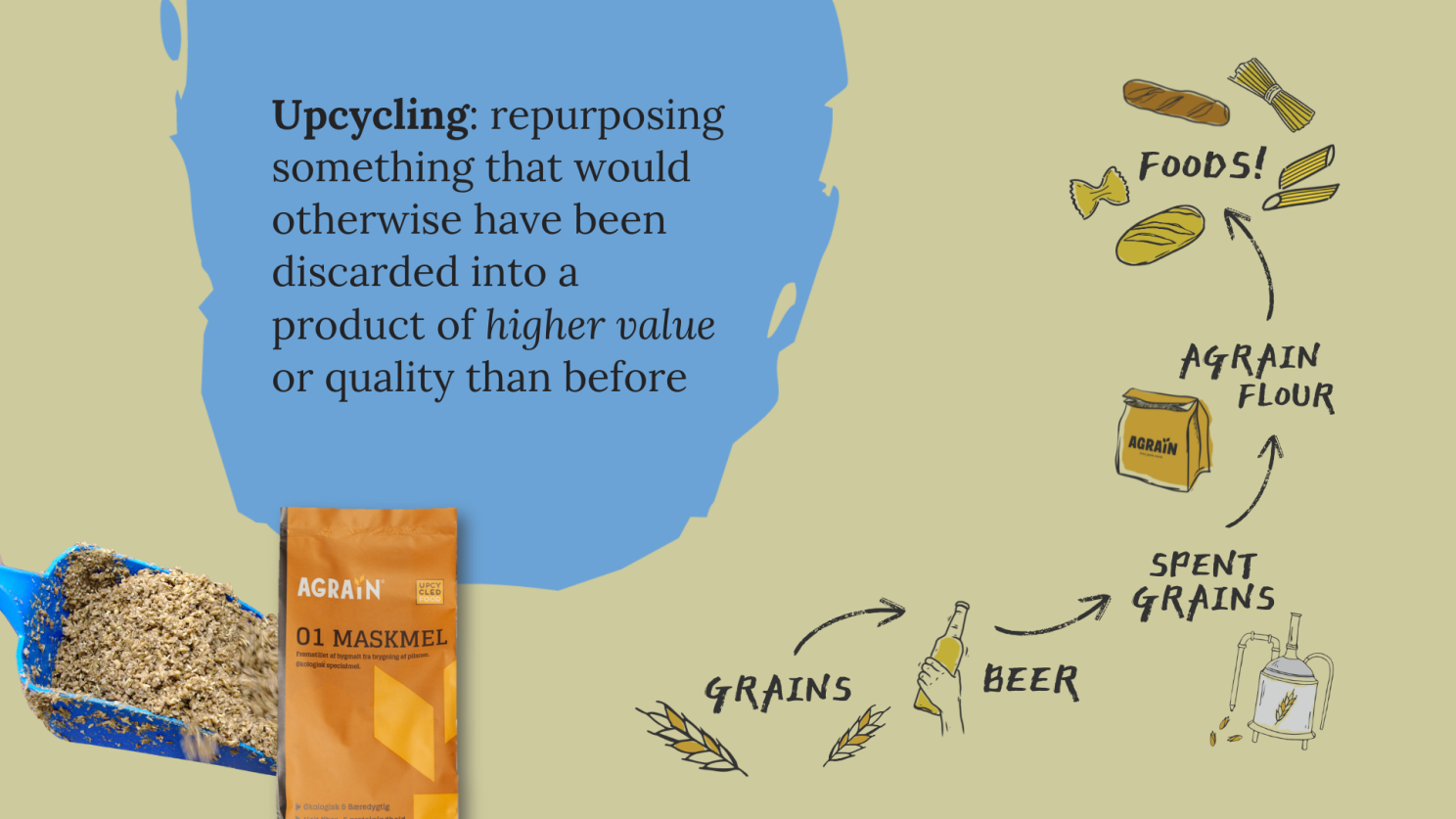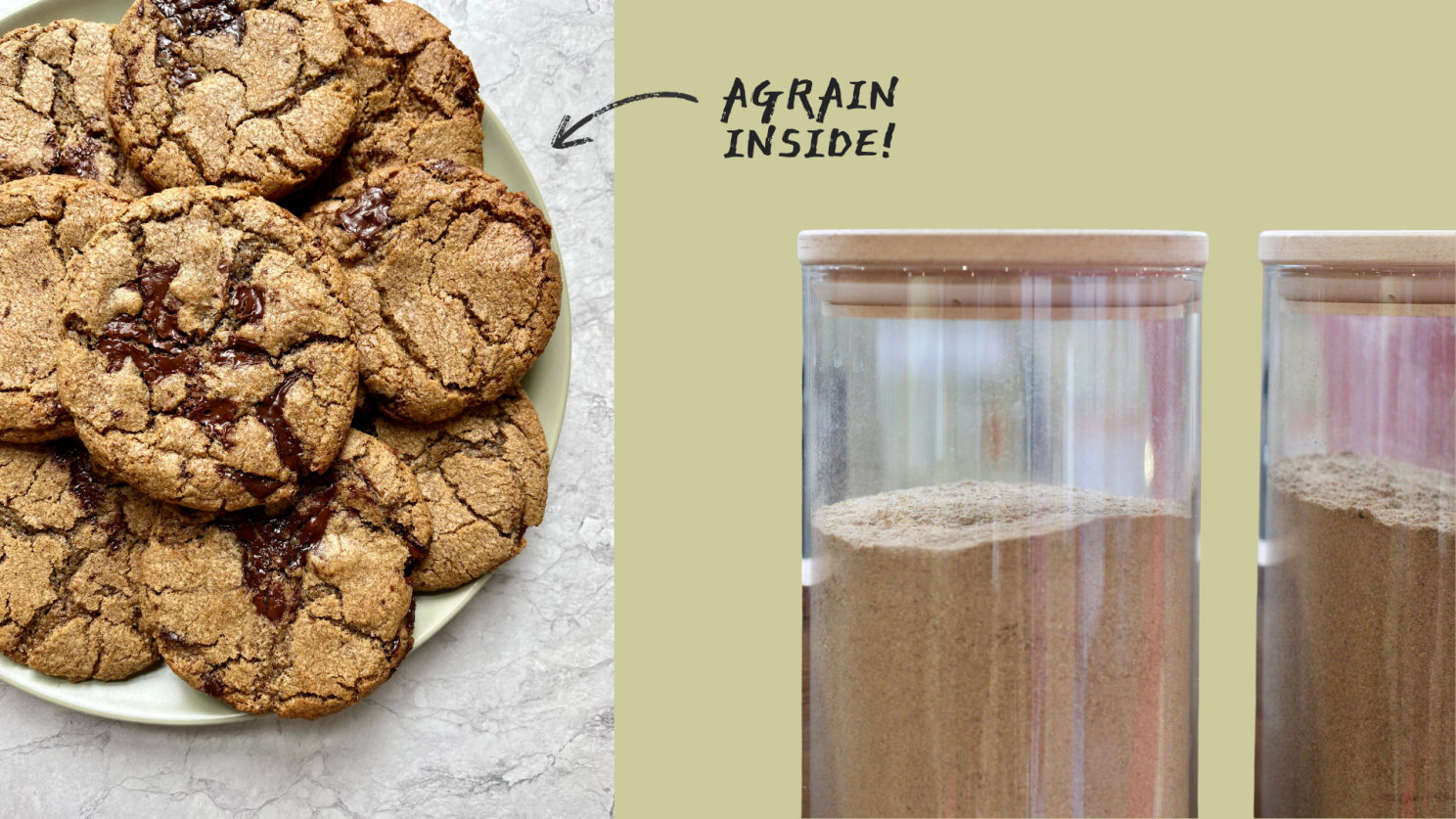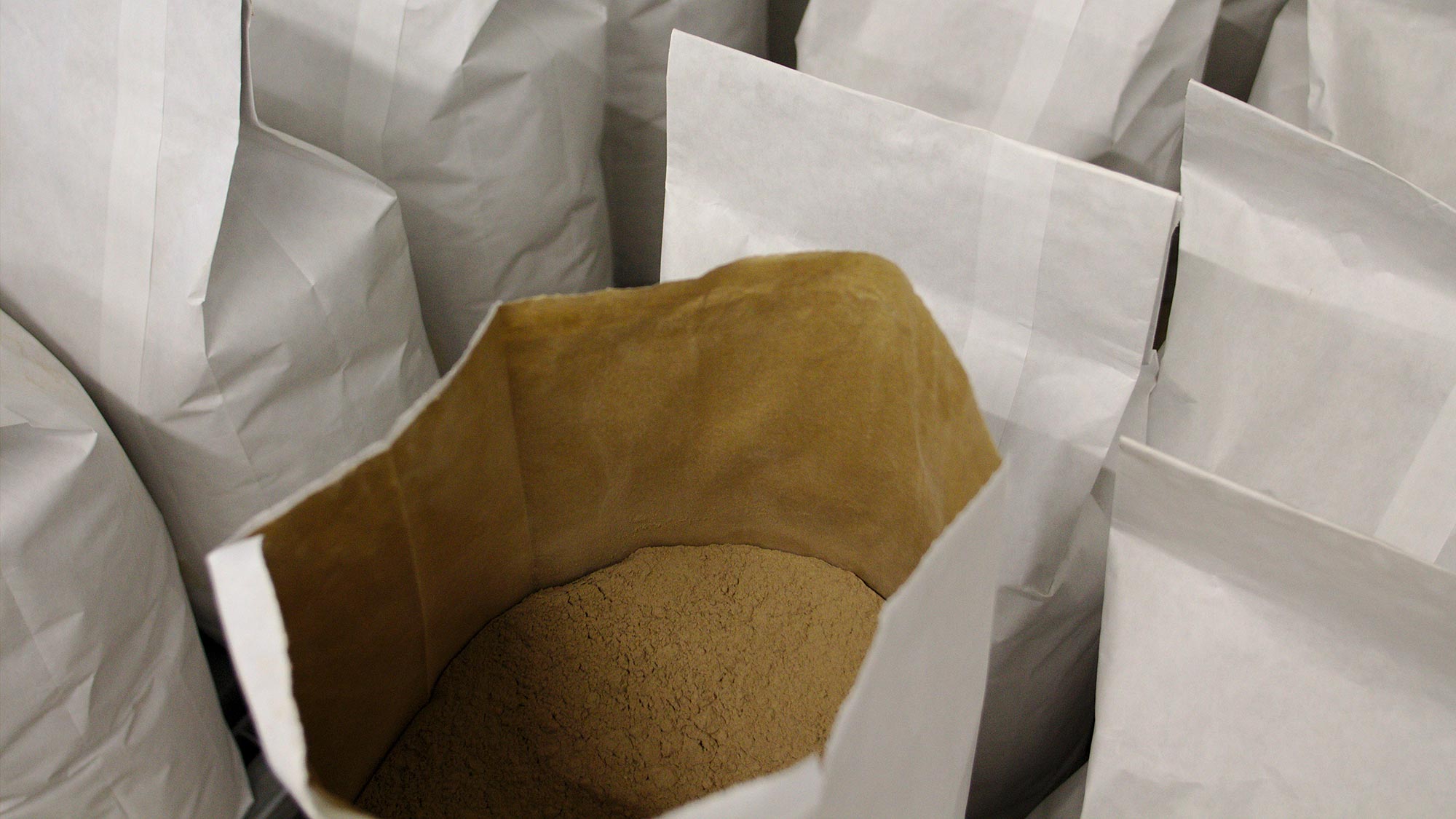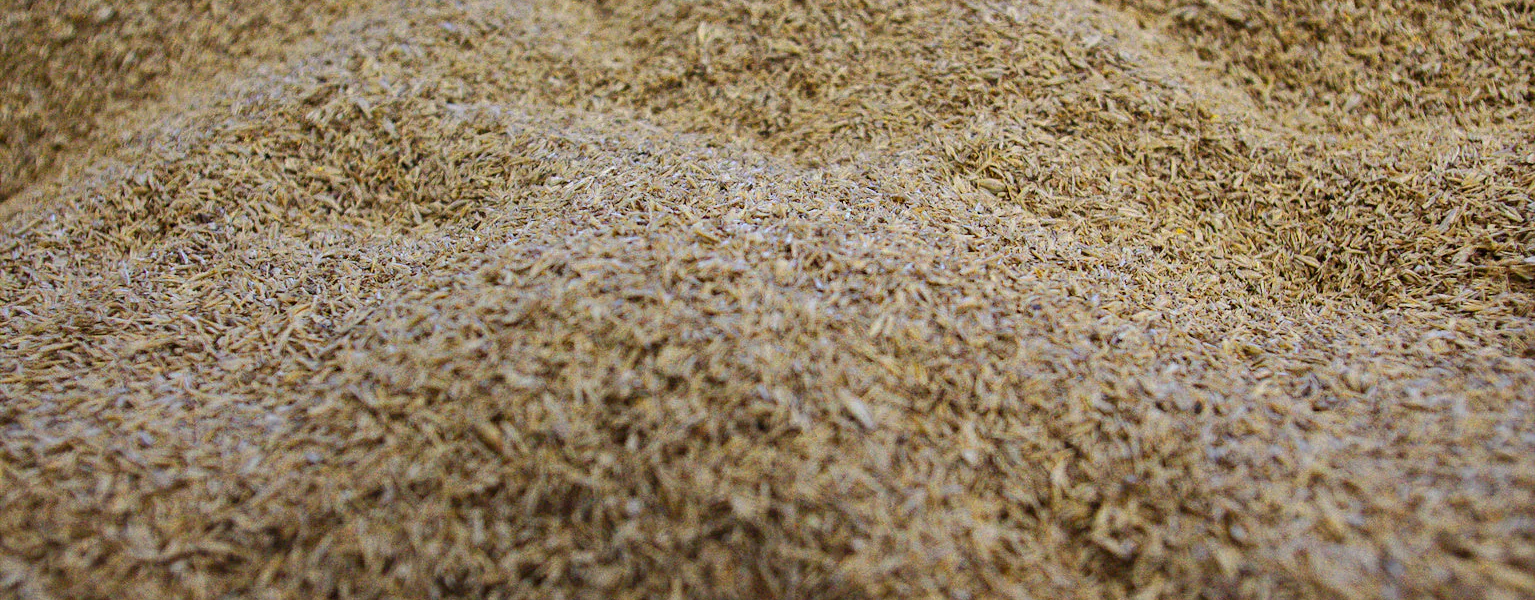What Does 'Upcycled' Mean? A Quick Guide
By: Ema Kosova, 28-06-2024
If you’ve ever come across the term upcycled, especially in relation to food, and wondered what it really means, you’re not alone! Upcycling has become a major trend in sustainable living, yet many people are still learning what it involves. Let’s break down the concept and show how upcycling is a win-win for both people and the planet, especially when it comes to food.
What Is Upcycling?
In a nutshell, upcycling means taking something that might otherwise be thrown away and giving it a second life, often in a new or improved form. Unlike recycling - which breaks down materials to make something entirely different - upcycling keeps the original material but transforms it to create a new product of higher value or purpose. In food, this often involves taking leftover ingredients, like coffee grounds or spent grain, and turning them into something entirely new, such as flour or snacks. Upcycling reduces waste, conserves resources, and helps make the most of what we already produce.
According to the Upcycled Food Association, upcycling food is “the process of transforming by-products, surplus food, and food waste into new, high-quality products for human consumption”.*

Accelerating the Green Transition
As we strive for a greener future, upcycling offers a practical and impactful solution to reduce waste, lower CO2 emissions, and decrease land use.
- Reducing Waste: By repurposing food by-products, we can significantly cut down on the waste sent to landfills, which in turn reduces methane emissions. According to the Food and Agriculture Organisation (FAO), food waste contributes to roughly 8% of global greenhouse gas emissions.
- Lowering CO2 Emissions: Upcycling processes typically require less energy than producing new materials from scratch. For example, using spent grain for flour instead of growing new crops can save energy and resources, reducing the overall carbon footprint.
- More Food, Less Land: Upcycling helps make better use of existing resources, making it possible to make more food without expanding agricultural land. This is crucial for preserving natural habitats and biodiversity.
Everyday Examples of Upcycling in Food
Upcycling in food might sound complex, but you’ve likely seen or even tried it before. Here are a few examples to make it more relatable:
- From Brew to Bread: Spent grain, a byproduct of brewing beer, is packed with nutrients and can be upcycled into high-fiber, protein-rich flour. This flour can then be used for baking bread, cookies, or even pasta, turning what would have been discarded into tasty, healthy food
- Turning Fruit Scraps into Snacks: Ever wondered what happens to fruit scraps in juice-making? Some companies upcycle these leftover pulps into fruit snacks, dried chips, or even smoothie bases, using the fiber and flavor still left in the pulp to create something delicious and nutritious
- Coffee Grounds in Baking: Leftover coffee grounds are increasingly being used in baked goods like brownies or cookies. The grounds add a rich, earthy flavor, and this process reduces the amount of waste generated by coffee shops and homes
Why Does Upcycling Matter in Food?
The beauty of upcycling is that it’s about making the most out of materials that would otherwise be discarded, which is especially important in food. Globally, we waste an estimated 1.3 billion tons of food each year, with much of it ending up in landfills where it contributes to greenhouse gas emissions, specifically methane. ** Upcycling tackles this issue head-on, helping reduce landfill waste while supporting a more sustainable food system. Every time you choose an upcycled food product, you’re actively reducing waste and supporting a greener future.
The Environmental Protection Agency (EPA) highlights that preventing food waste at the source is the most effective way to reduce environmental impacts and promote sustainability.***
Agrain’s Approach to Upcycling
At Agrain, we’re passionate about upcycling, especially when it comes to spent grain from breweries and distilleries. We take this byproduct - filled with fiber, protein, and flavor - and upcycle it into unique flours and ingredients. These ingredients can be used in a range of baking and cooking applications, transforming food waste into something that’s not only delicious but also good for you. By upcycling spent grain, we’re not only reducing food waste but creating a sustainable ingredient that benefits both people and the planet.
The key to successful upcycling lies in simplicity and ease of use. Integrating upcycled ingredients in food production should be seamless.
By milling Agrain flour to industry standards, we ensure that it is easy to use in existing production processes, requiring minimal adjustments while providing maximum benefits. Agrain flour is proudly Upcycled CertifiedⓇ by Where Food Comes From, Inc., making it easier for consumers and food producers to choose ingredients that have a positive environmental impact.
Consumer Appeal
For end consumers, products made from upcycled ingredients should first and foremost be appealing in terms of taste, and easy to incorporate into daily diets.
The different aroma profiles of Agrain flour makes it suitable for integration into a variety of everyday foods, from savoury breads and pasta to sweet cakes and pastries.
By using upcycled ingredients to create high-quality, nutritious, and delicious products, we can drive consumer acceptance and demand.

Upcycling Matters: How You Can Start Embracing Upcycled Foods
Getting involved with upcycled foods is as simple as looking for products that feature upcycled ingredients, like Agrain’s flours. Some simple ways to upcycle at home include reusing vegetable scraps in homemade stock or repurposing stale bread into croutons or breadcrumbs. By embracing upcycled foods, you’re contributing to a more sustainable food system and making choices that help reduce food waste.
Upcycling is more than just a trend; it’s a crucial strategy for building a sustainable food future. By repurposing existing resources, we can alleviate the food industry’s heavy environmental impact while providing innovative solutions that benefit both people and the planet.
So, the next time you come across the term upcycled, you’ll know exactly what it means - and you’ll understand how small choices can make a big impact in building a sustainable food future!


